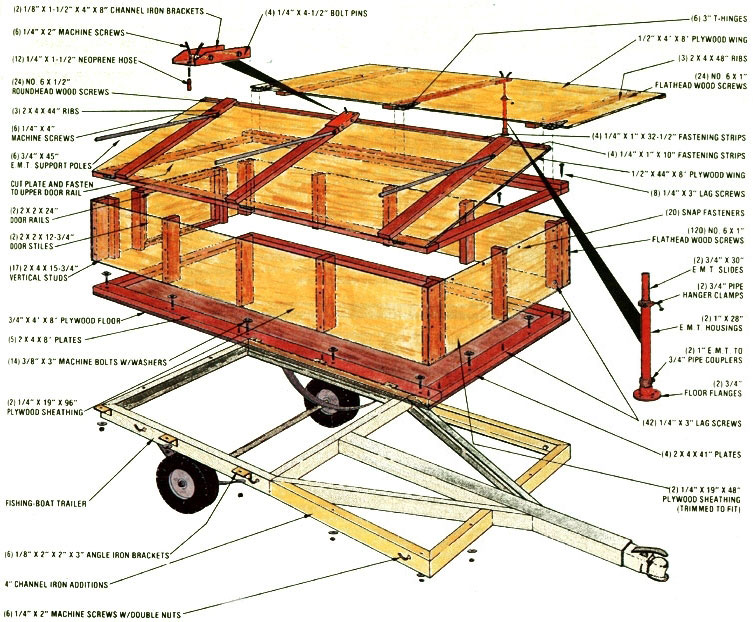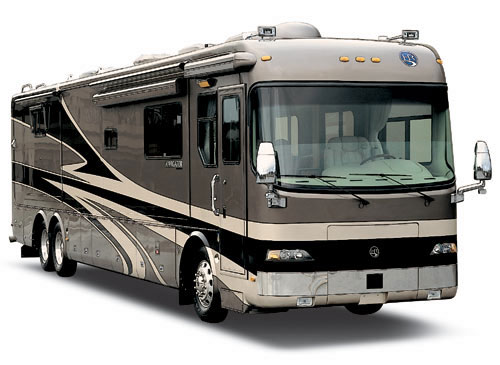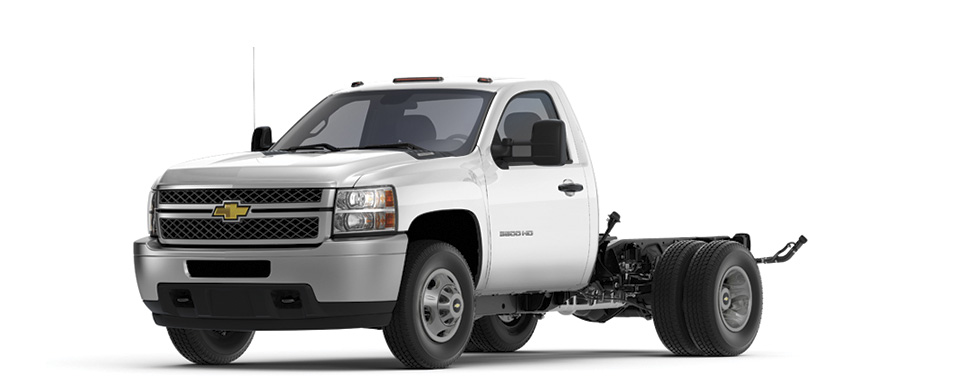Level 1 Inspections
For Abandoned Vehicles
Ayala Motor Vehicle Services is authorized to provide Level I inspection services at our Tempe, Arizona office location, or by appointment on-site at your location. In the case of an abandoned vehicle, an on-site inspection is required, as the abandoned vehicle is not able to be driven legally. Contact us to schedule your appointment.
A vehicle inspection may be required for many reasons, some of which include:
- The identity of the vehicle is in question (i.e. VIN, body style, fuel types, etc.)
- The person having the inspection done does not have ownership documents
- Validation that the vehicle identification number (VIN) is in agreement with the ownership document
- The vehicle was acquired by Operation of Law, and there is no previous record of an Arizona title or registration.
- A title and/or registration are being requested for a vehicle from out of state

- For purposes other than highway use, including:
- Exhibition or display
- Repaired, rebuilt, reconstructed, or dismantled vehicles
- As a requirement of the bonded title process
- Reconstructed vehicles
- Special constructed vehicles
- Kit cars and kit trailers
- When titling and registering a vehicle for the first time, after a dismantle permit or salvaged certificate has been issued for the vehicle
- When the body styles has been modified or entered in error in MVD systems
- An erroneous odometer reading was entered in the MVD systems
- When fuel discrepancies indicate an error:
- Paperwork indicates gas when it is actually diesel
- Vehicle has been converted to an alternate fuel
- A second fuel type has been added
- When the motor coach number was recorded as the VIN on 1980 models and older
- Cab and Chassis vehicles require an inspection for body style, prior to renewing registration for the upcoming year
- For an abandoned vehicle
What are we looking for? Some of the items we will be looking at include, but may not be limited to:
- The vehicle’s VIN plate is intact, and has not been tampered with
- The correct rivets have been used to attach the VIN plate to the vehicle
- The secondary VIN matches the VIN on the VIN plate, and has not been tampered with
- The VIN on the customer’s title and/or registration matches the vehicle’s VIN
- The vehicle has the required equipment as prescribed by Arizona Revised Statutes
Inspections for Homemade Trailers

A level I inspection is required when titling and/or registering a homemade trailer for the first time. A homemade trailer requires an Arizona Serial Number, which is an identification number issued by the state of Arizona, and becomes the VIN for that vehicle. The serial number can be obtained from any MVD office or an Authorized Third Party provider, like Ayala Motor Vehicle Services.
Arizona defines a homemade trailer as not shop made or mass produced by a manufacturer, but constructed by an individual from various materials, for example:
- Scrap iron or tubing
- Scrap wood (for floor or siding)
- Used axle or homemade axle
All components used to construct the trailer must be listed on the AZ Special Serial Number Application. The total value of the trailer, and the weight (plus it’s load) of the trailer must be provided by the customer. It is recommended to keep all receipts for materials used to construct the trailer, at least until the customer has titled and/or registered it. Homemade trailers with a value exceeding $1000.00 must provide receipts for the materials used to construct it. Required equipment for homemade trailers must be present on the trailer to pass inspection.
The following items are considered required equipment:
- Stop light (see ARS 28-927 for details)
- Tail light (ARS 28-925)
- The tail lights cannot be lower than 15 inches and cannot be higher than 60 inches from the ground.
- Clearance lights or reflectors (ARS 28-926C & 28-928A)
- Clearance lights or reflectors cannot be mounted higher than 60 inches and cannot be mounted lower than 20 inches from the ground.
- The front reflectors must be amber or yellow and the rear reflectors must be red. Both areas are mounted on either side of the trailer. If the trailer is less than 24 inches, the reflectors will be mounted as high as that part of the permanent structure permits.
- NOTE Any time a measurement is required for head lights, tail lights or reflectors, always measure from the ground to the center of the light.
- White license plate light (ARS 28-925C)
- The white license plate light must illuminate the license plate only.
- Safety chain
- Brakes, if over 3000 lbs. (ARS 28-952)
- Trailers and semi-trailers less than 3,000 lbs do not require brakes to be installed.
- Trailers and semi-trailers less than 6,000 lbs must have brakes on both wheels and one axle.
- Trailer size:
- Total outside width of a trailer cannot exceed 8 feet 6 inches (ARS 28-1093)
- Maximum height of a trailer cannot exceed 13 feet 6 inches (ARS 28-1094)
- Maximum length of a trailer cannot exceed 40 feet including front and rear bumpers (ARS 28-1095)
- Mud flaps or splash guards (ARS 28-958.01)
- The mud flaps or splash guards must extend to a length of not more than 8 inches from the ground.
- They need to be wide enough to cover the full tread(s) of the tires being protected.
- A single axle trailer with fenders wide enough to cover the full tread(s) of the tires being protected and that extend to a length of not more than 14 inches from the ground is exempt.
- Bill of Sale & Dismantle Permit
- Bill of Sale(s) for pipe, steel, wood, etc. or dismantling permits for the frame or other parts of a dismantled vehicle (such as a truck bed), axles, or other vehicle parts.
Inspections for Bonded Titles
The bonded title process is required when an applicant cannot prove ownership of the vehicle or mobile home, or when the Motor Vehicle Division is not satisfied that there are no unpaid lien(s), as a condition of issuing a title. The Motor Vehicle Division will require the customer to file a surety bond at the time of final application.
The bond process protects the state of Arizona from lawsuits by prior owner(s) and/or lienholder(s). This procedure will require an applicant to do many things before the title process can be completed, and a title is issued.
Our customer service representatives will provide customers seeking a bonded title with a Bond Title Requirement Form (#40-1001), so that the customer understands exactly what is required to obtain a bonded title.
Some common reasons for obtaining a bonded title are:
- The title was lost or stolen prior to the purchaser taking title, and the owner cannot be located.
- The title was not properly notarized, and the owner cannot be located.
- The vehicle was purchased without a title, and the applicant has no ownership documents.
- The vehicle was registered in Arizona as an ARO, and the owner cannot obtain a title from the foreign state or the out-of-state title is lost and a duplicate title cannot be obtained.
- The customer has built or purchased a homemade trailer with an average retail value of $1000 or more, but does not have the required receipts or notarized bill(s) of sale for the materials that were used to build the trailer.
- The customer is attempting to title a reconstructed or specially constructed vehicle, but does not have a dismantle permit or title, or notarized bill(s) of sale listing the dismantle permit or title number for the major component parts.
- The customer does not have a lien clearance and the lienholder cannot be located.
There are some cases in which the bonded title process cannot be used. The following are some of the reasons why a bonded title application may not be able to be processed:
- Legal acts or waiting court orders from other states (i.e. divorces, probate, repossessions, etc.).
- Lien sales.
- Vehicles sold by a licensed Arizona dealer.
- The purchaser needs to have a Level I inspection and submit document to the Motor Vehicle Division Dealer Service Department. A dealer complaint will have to be filed.
When it has been determined that the bonded title process is applicable to your scenario, the following steps must be completed, and/or information furnished to Ayala Motor Vehicle Services by the customer:
- Customer must complete a Bond Title Affidavit Form (#48-1302)
- Customer must purchase an MVR to verify the name and address
- Customer must obtain a Level I Physical Inspection. Ayala Motor Vehicle Services will contact NCIC/ACIC to determine whether the vehicle or mobile home is stolen.
- If the bonded title transaction cannot be completed on the same day, a second stolen vehicle inquiry is required, prior to completing the title transaction.
- Customer is required to send a return receipt requested certified letter to all owners, lienholders, or anyone listed on the Bond Affidavit who was involved with the sale of the vehicle.
- The certified letters should request the required documentation (i.e. title, lien clearance, power of attorney, statement refusing to apply for a title, etc.)
- When a lien clearance is required and the certified letter is accepted by the lienholder, but the lienholder does not respond, the customer cannot proceed with the bonded title process, and must pursue a judicial remedy.
If, at any time during the bond process, the customer is able to obtain the proper documents to complete the title transfer, the bond process stops, and normal titling process resumes. For example, if the customer sends a certified letter to the previous owner, and requests the title or a power of attorney, and the previous owner send the customer a power of attorney, the customer can then apply for a duplicate title and sign off the title to complete a regular title transfer. The bond process is no longer required, and would stop.
Once the customer has completed all of the requirements, they will return with all of the transaction related documents:
- Vehicle Inspection
- Bonded Title Affidavit
- Bonded Title Requirements Form (#40-1001)
- Results of the certified letters
- When the customer receives the return receipt card from the certified letter, the customer must wait 15 business days after the card was signed before returning to the MVD office or Authorized Third Party location to proceed.
- When the certified letter is returned as unclaimed, the 15-business day waiting period is waived, but the customer must submit the unopened certified letter as evidence of this.
Our customer service representatives will review all of the documentation the customer returns with, to determine if the bonded title process can be completed. Once it has been determined that the process can be completed, the customer service representative will inform the customer of the bond amount required. The customer will then need to contact an insurance company (i.e. Ayala Insurance Service) to purchase a surety bond for the amount being requested.
- The surety bond shall be in an amount equal to one and one-half times the average retail value of the vehicle or mobile home, as determined. The following references may be used to determine the average retail value of a vehicle or mobile home:
- National Automobile Dealers Association (NADA) Official Used Car Guide
- National Automobile Dealers Association (NADA) Vehicle Appraisal Guide
- Manheim’s Gold Book Cars of Particular Interest Vehicle (CPI Book)
- Factory List Price Guide Book Trucks/Trailers
- Truck Blue Book
- Arizona Department of Revenue Personal Property Manual, Mobile Home Valuation Table
The customer must apply for a title within 30 business days after acquiring the surety bond, or the customer shall pay an additional title penalty fee.
All other normal title and registration requirements apply.
Note that for a mobile home, verification is also required that the mobile home is not affixed, and that no taxes are owed, if there is no record on the MVD’s database. If the mobile home is affixed, customer must also follow procedures to reactivate a title, when it is no longer affixed.
Inspections for Mobile Homes, Motor Homes, RV’s, and Cap & Chassis Vehicles
Level I inspections are sometimes required for motor homes or RVs, to correct an incorrect VIN. On pre-1980 RVs and motor homes, the VIN number may have been recorded incorrectly. Prior to 1980, the motor coach number was sometimes recorded as the VIN. These Level I inspections are required to verify the actual VIN, and correct the MVD records accordingly.
Level I inspections are required for cab & chassis vehicles before registrations may be renewed. The inspection is performed to confirm that the vehicle’s body style does in fact remain cab & chassis. When one of these vehicles is converted to another vehicle type by adding equipment to the chassis, the body style is changed in MVD records, and the additional value of the added equipment is added to the Factory List Price of the vehicle, changing taxes, registration fees, etc. These vehicles must be inspected before every renewal, as long as it remains a cab and chassis type.
A vehicle inspection may be required for many reasons, some of which include:
- The identity of the vehicle is in question (i.e. VIN, body style, fuel types, etc.)
- The person having the inspection done does not have ownership documents
- Validation that the vehicle identification number (VIN) is in agreement with the ownership document
- The vehicle was acquired by Operation of Law, and there is no previous record of an Arizona title or registration.
- A title and/or registration are being requested for a vehicle from out of state
- For purposes other than highway use, including:
- Exhibition or display
 Repaired, rebuilt, reconstructed, or dismantled vehicles
Repaired, rebuilt, reconstructed, or dismantled vehicles
- As a requirement of the bonded title process
- Reconstructed vehicles
- Special constructed vehicles
- Kit cars and kit trailers
- When titling and registering a vehicle for the first time, after a dismantle permit or salvaged certificate has been issued for the vehicle
- When the body styles has been modified or entered in error in MVD systems
- An erroneous odometer reading was entered in the MVD systems
- When fuel discrepancies indicate an error:
- Paperwork indicates gas when it is actually diesel
- Vehicle has been converted to an alternate fuel
- A second fuel type has been added
- When the motor coach number was recorded as the VIN on 1980 models and older
- Cab and Chassis vehicles require an inspection for body style, prior to renewing registration for the upcoming year
- For an abandoned vehicle
What are we looking for? Some of the items we will be looking at include, but may not be limited to:
- The vehicle’s VIN plate is intact, and has not been tampered with
- The correct rivets have been used to attach the VIN plate to the vehicle
- The secondary VIN matches the VIN on the VIN plate, and has not been tampered with
- The VIN on the customer’s title and/or registration matches the vehicle’s VIN
- The vehicle has the required equipment as prescribed by Arizona Revised Statutes

